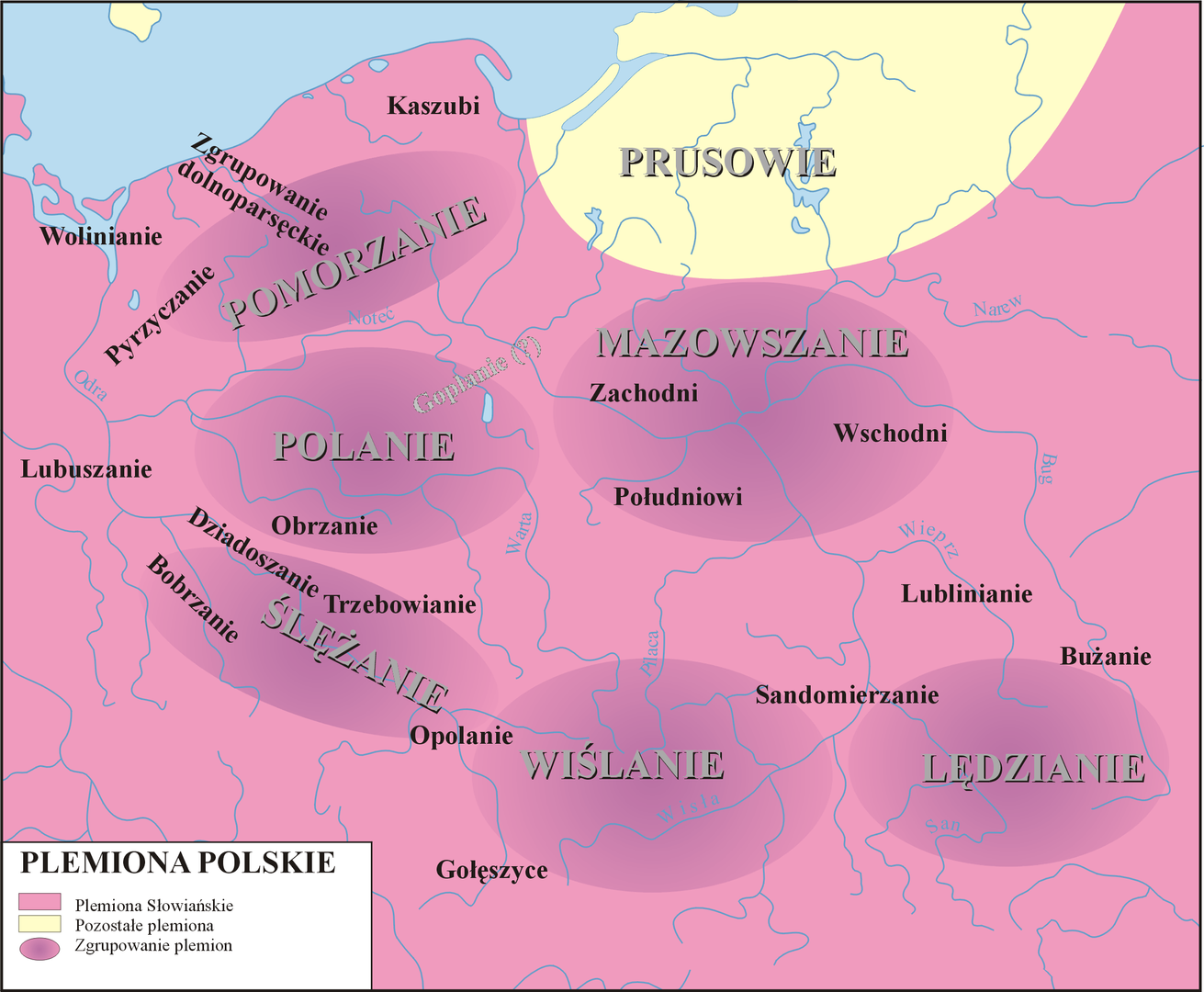Śmigiel
6.91

Overview
Śmigiel is a town in the Greater Poland Voivodeship, within the Kościan County, known for its milling traditions and the windmills that once adorned its landscape. Established in the Middle Ages, it was initially named Koszanowo, derived from the personal name Koszon. Since the 15th century, the name Śmigiel has been used, which may refer to the spinning blades of windmills. The town's coat of arms, featuring a wooden watchtower, dates back to the 14th century, though its symbolism is not entirely clear. Śmigiel has a rich history, tracing back to the times of the Piast dynasty's conquests. After Mieszko I, the town became part of the Duchy of Głogów, and it was granted town rights at the end of the 14th century. The town prospered thanks to its favorable trading location and numerous privileges granted by Polish rulers. In the 16th century, it gained significance as a center for the Polish Brethren. During World War II, Śmigiel witnessed brutal repressions, including the execution of Polish citizens by the Nazis. Architecturally, it is distinguished by the Gothic Church of the Assumption of the Blessed Virgin Mary from the 15th century, the cemetery Church of St. Vitus, and the former Evangelical Church of St. Stanislaus Kostka from the 19th century. The town serves as a service center, renowned for its vegetable and fruit cultivation, as well as its food and furniture industries. An interesting feature is the presence of the Śmigielska Kolej Dojazdowa (Śmigiel Commuter Railway), along with a well-developed road network, including a section of the S5 expressway, which facilitates transportation. Śmigiel maintains partnerships with towns in the Czech Republic, Hungary, and France, and can also boast numerous honorary citizens, including professors and figures associated with the arts. Though small, the town takes pride in its rich history and traditions while simultaneously developing as a vibrant local center.
Location
2025 Wizytor | All Rights Reserved